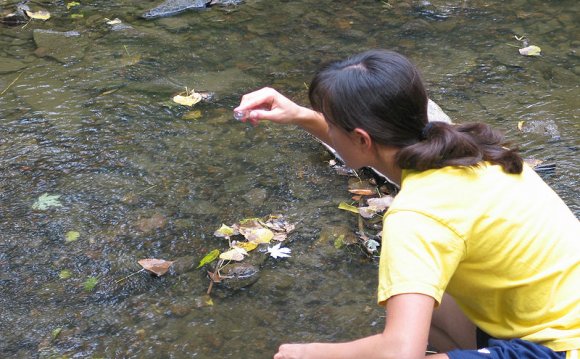
Learn about how to properly choose and condition the water you use in your freshwater aquarium.
As an aquarium hobbyist, it is your responsibility to keep your fish healthy. Not only do you need to provide them with adequate space and a healthy diet, but you also have to make sure that their tank environment meets their requirements. The single most important factor in the health of your fish is the quality of your water. Therefore, it is imperative that you choose your water source correctly and condition the water in an appropriate manner. This article will help you address both of these issues.
Tap Water
style="float:none;">The most common source of tank water for aquarium hobbyists is simply the tap – the water that runs in your home. It is the easiest source to get your water from and in most cases, works just fine. However, the parameters of tap water can vary widely from location to location. You need to test your tap water for pH, gH, kH, and nitrates to understand exactly what is coming out of your tap. If the preferences of your fish are drastically different than your tap water’s parameters, you may need to use a different water source.
Remember to always use a dechlorinator/chloramine remover on your tap water if it comes from a municipal water supply because it has likely been treated with chemicals. These chemicals are meant to make tap water safe for humans, but they can be toxic for fish. If you prefer not to treat your tank water with chemicals, leaving the tap water out for 24 hours or so may be adequate to let some of the chlorine evaporate.
Spring/Bottled Water
style="float:none;">One possible alternative to tap water is spring water. Spring water is useful if you need to lower the pH or the hardness of your aquarium’s water. The main drawbacks to spring water are its price and the fact that the mineral content varies widely from brand to brand. It is best to buy several different brands in the beginning and test each of them for pH, kH, and gH before picking the one that matches the preferences of your fish. One way to find a happy medium between your tap water and spring water is to mix the two - this will also help cut the cost. When using bottled water, make sure it is not distilled (this means that all minerals have been removed) and that it hasn’t been treated with flavors, dyes or other additives.
Reverse Osmosis Water
style="float:none;">








